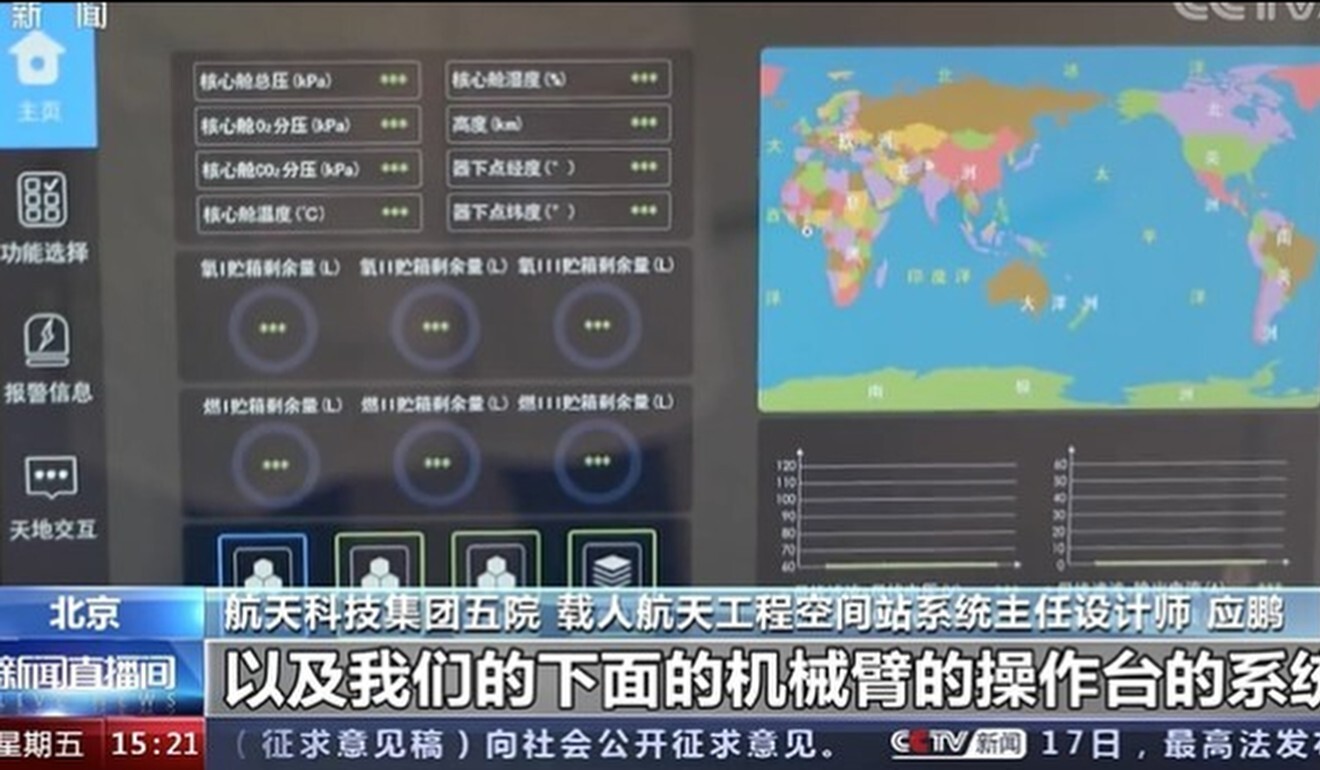China reveals the computer system powering its space missions.
From Mars to the moon: the computer system behind China's space missions.
WHETHER it is China’s rover on Mars, its space station orbiting the Earth or its moon probe bringing back lunar samples, one littleknown system is behind them all.
The core of the Kylin computer operating system has been guarded as a national secret and its use in the country’s space programme has only just been officially confirmed.
Its main codes were written by Chinese military researchers, according to developer China Electronics Corporation (CEC), but it also includes elements of Unix-like software FREEBSD, parts from Linux, and a user interface similar to Windows.
It is a hybrid, like the mythical qilin dragon beast it is named after.
Speaking to state media, members of the Kylin development team revealed the role the operating system played in these missions, coordinating communication between artificial intelligence software, human controllers on the ground and all the hardware on board the spacecraft.
Until about a decade ago, China, like most other countries, relied on Linux and Windows to drive its space programmes, according to a paper published in domestic journal Space Industry Management last year.
From 2008, China’s space authorities started to replace Western software and hardware in satellites and spacecraft.
The process sped up after Edward Snowden’s revelations in 2013 about US hacking activities.
Kylin was one of the results – along with the Zhanxing, or Warring Star, system developed by the Chinese military’s space force, according to the paper.
Dan Jianqun, a lead scientist with CEC’S Kylin project, said China had no other choice but to develop its operating system.
“Using other people’s systems, to quote President Xi (Jinping), is like building a house on other people’s land.
“It can be large and beautiful, but it can also be destroyed overnight,” he said in an interview on state television.
The transition from western to home-made software was full of challenges, according to some of the software engineers involved.
Liu Jun, a software engineer on the Kylin team, said space missions required not only high security, but reliability and performance.
The Kylin OS system is used in China’s space programme. Photo: CCTV
Liu said Kylin was initially developed for computers on the ground.
To go to space, processing times on certain tasks had to be cut to less than a third, he told the state television.
“It was as difficult as compressing a packet of biscuits into a few grams without losing any nutrition,” Liu said.
The space mission sometimes also required the operating system to execute a specific task without being distracted by lower priorities, and many codes were written to meet these needs, said Liu.
Kylin’s first tests were demanding. No one had landed on the far side of the moon. And no country had put a rover on Mars without failure.
Liu Hongyu, another Kylin engineer, said the team was under extreme stress when these missions reached a critical stage. “We were just praying. When the spacecraft landed, the whole building rocked with applause,” he said. Kylin is now the most widely used operating system in the Chinese government and military, according to previous state media reports. When its first version was released in 2006, the system came under a lot of criticism for its poor user experience and its lack of compatible software.
But Kylin worked well with domestically developed computer chips such as the Loongson CPU. As the Chinese government began replacing Intel chips and Windows systems in the military, government, banks and other sensitive sectors, the Kylin user base grew rapidly.
But some challenges remained. One issue was hardware adaptability. China still used a lot of scientific equipment from the West and many devices were not compatible with Kylin. In addition, most software on the Kylin system is displayed in Chinese.
Any foreign astronauts planning to take up China’s offer to visit its space station will need to learn some Chinese or they will be confused by the characters on the screen of every Kylin device, including the tablets. – South China Morning Post
Related posts:
World main countries 2021 Q1 GDP Growth Infographic: Wu Tiantong/GT . . As China gears up to celebrate the 100th anniversary
Chinese robotic spacecraft docks with the country's new space station" China's Tianhe space station core cab.







No comments:
Post a Comment